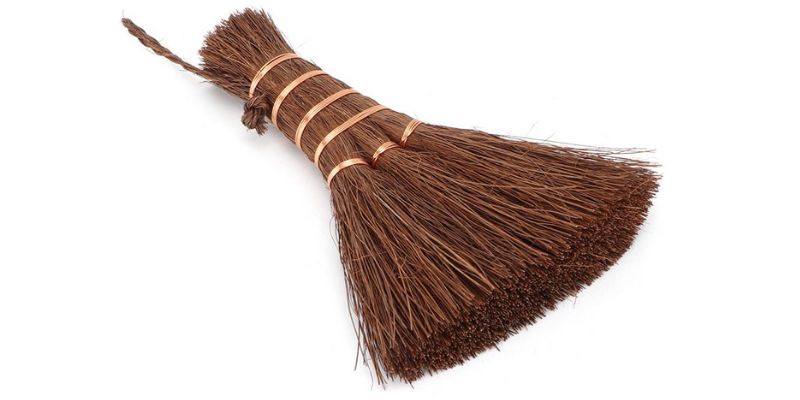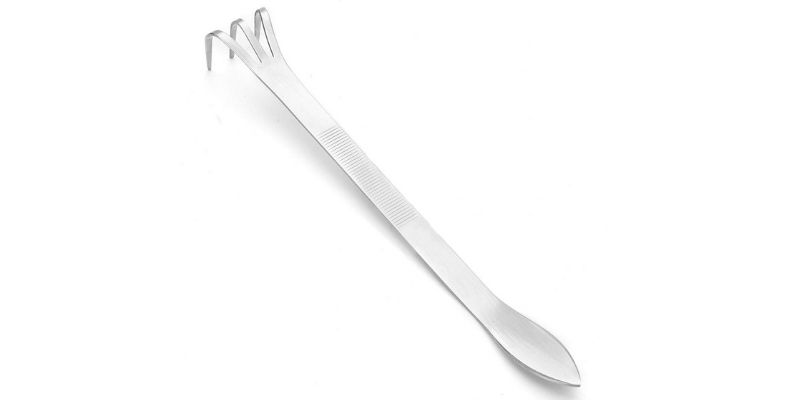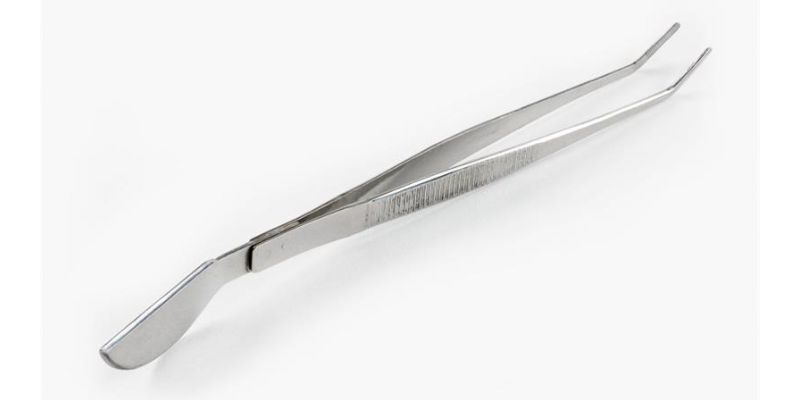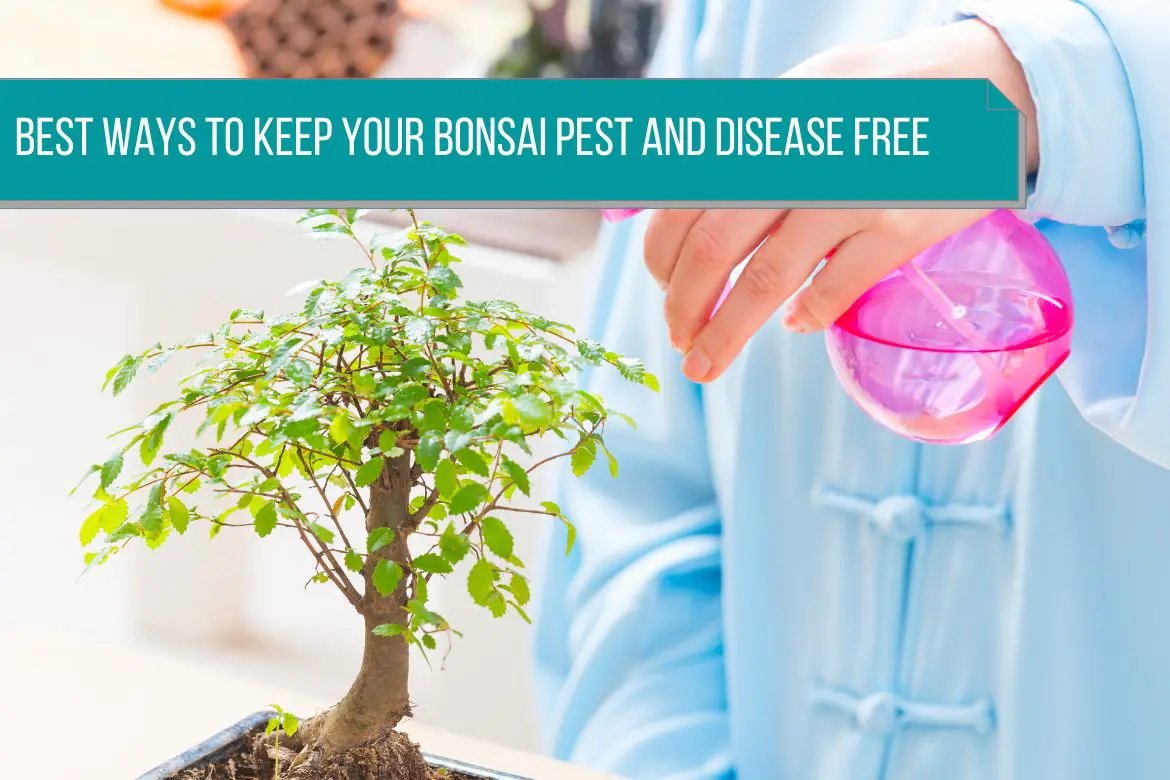Even though, almost all types of pest and disease can be treated with special treatments, it goes without saying that the best way of keeping pests and diseases away from your bonsai tree is to take meticulous care of the tree.
Also, proactive measures will help you in avoiding the unsightly marks and scars left by insects.
In case you are looking for ways to treat a particular ailment you can refer to our detailed guide to treat bonsai tree pest and diseases.
Also, please refer to care guide for different types of bonsai tree species to know how to take care of a specific bonsai tree.
In this article, we will focus more on best practices to follow to reduce the chances of any infection to your bonsai tree. In addition, we will also cover how to apply chemical treatment and precautions to take in the event that the pest infestation has grown beyond organic control.
Best practices to reduce the chances of any infection to your bonsai tree
(1) Make sure you choose the right bonsai tree varieties that will thrive in your area. It is critical to be aware of the sensitivity of the tree of your choice to pollution, infestation, disease, and wind resistance.
(2) The tiny bonsai plant must only be purchased from trusted nurseries that can assure the origin and good health of the plant. In general, bonsai plants purchased from reputable nurseries are pest- and disease-free, but it is wise to check them before introducing them to your collection.
(3) Also, just to be safe, keep the newly acquired bonsai isolated for some time. Especially when it is being watered or sprayed.
(4) As outdoor bonsai trees are hardy and exposed to winter’s pest-killing rigors, they are relatively pest- and disease-resistant.
(5) Indoor bonsai trees, on the other hand, have soft stems and leaves throughout the year, making them more vulnerable to attack. They are also more vulnerable because they are not kept in their natural habitat. There can be a rapid build-up of pests.
(6) Always sterilize your bonsai tools before using them on the tree to prevent the transmission of diseases. Refer to how to care for your bonsai tools for more details.
(7) It is common for fungal and viral infections to begin in wounds that have not been properly trimmed or sealed. When a diseased bonsai comes into contact with another bonsai, these infections can be passed on.
(8) Be sure the bonsai soil around the trunk is free of leaves and other plant debris after pruning or pinching. If the debris is not removed, it will decompose and create the perfect environment for fungal disease and moss to thrive, which can lead to root rot. (This is specially important in fall and winter).
(9) After pruning, sweep away the leaves. All bonsai enthusiasts should have a compact traditional brush in their toolkit.

(10) Remove any loose bark that has started to flake off from older trees. Make sure to scrape the bark carefully with a spatula. It is possible for insects and their eggs or larvae to hide in the bark.

(11) A nylon toothbrush works well for brushing away moss that grows on the trunk or trunks. ( You can even use a tooth brush). Refer to our detailed bonsai tools guide to know about all the tools of bonsai.
(12) Though decorative to look at, moss forms a good refuge for pests and their larvae. However, carefully make a choice between its aesthetic appeal and the risk it brings. In case you decide to keep the moss on the soil, keep it away from the trunk of the bonsai. Regularly thin the moss. Also, the moss around the tree will absorb the nutrients meant for the bonsai tree.
(13) Moss is closely related to liverwort. Any time this is found on the soil surface, it should be removed. In the event that it falls on the ground, it will re-root and the spores will soon be able to reach the bonsai tree.

(14) Check the roots at the time of repotting.
IMPORTANT
(a) In the event that the disease has reached the roots ( a frequent occurrence with quinces- Chinese quince bonsai, Flowering Quince bonsai), at repotting time, one should remove all of the root soil, as well as disinfect it with a chemical of choice.
(b) There are some trees (such as pines – Aleppo pine tree bonsai, Mugo pine bonsai, Scots pine bonsai, Japanese white pine bonsai, Japanese black pine bonsai), on the other hand, that will not tolerate the removal of all the root soil from the base of the tree, and they should be treated with potassic fertilizer and disinfected carefully.
(15) Weeding, as well as aerating the soil, is a good idea. Remove any weeds with a curved tip tweezers.

(16) In case you find any deadwood or hole or cavity on the branch of the tree, remove it using a scalpel. Cut down to the live wood and seal the wound with a cut paste.
(17) Inspect the leaves by looking underneath them for any symptoms of pests or disease. Odd coloring, distorted leaves, loss of leaf luster, wilting etc are signs of disease. (but do not confuse this with lack of nutrients to the plant). A magnifying glass can come in handy in such situation.
(18) It is crucial to avoid drought in bonsai if you want to avoid disease. A tree’s resistance to pests and diseases is weakened by severe droughts and pot-bound roots. Maintain a good bonsai watering routine.
(19) However, overwatering can also be equally detrimental (if not more) to the health of your bonsai. Waterlogged and compacted soil be avoided at all cost. (specially in winter)
(20) Avoid overhead watering of bonsai species that are susceptible to mildew.
(21) Make sure the tree actually needs water before you water it. A general thumb rule to follow is: If the soil is damp, do not water it. Do not allow it to dry out again if it’s bone dry. To encourage drainage, tilt the pots at an angle if it rains for days on end.
(22) Bonsai fertilizers as well as fertilizing routine also play an important part in pest and disease prevention. Plants are more susceptible to disease when fertilized with high nitrogen content. Whereas potassium fertilizers tend to increase the immunity of the plant. Therefore, coming up with a good balanced fertilizer for your bonsai is essential.
(23) Simple tricks like standing your bonsai pot on a raised stand can prevent the bonsai from being attacked by many garden worms.
(24) Diseased foliage or wood should never be composted. It should always be burned.
(25) Do not use old compost that was infected with a pest or a disease. Dispose of that compost. Read this guide to make your own bonsai soil : bonsai soil recipe.
(26) When using old bonsai containers and trays, wash them before using.
(27) Check the pH balance of the soil and correct any deficiencies, ensuring that the water used is not too acidic or alkaline. A soft, impurity-free water is ideal in many cases. Rainwater is also a very good option.
(28) Cold damage or heat stress can be caused by wide temperature variations. Maintain good air circulation (use fan in case no natural air circulation is possible). Avoid excessive exposure to wind and shade as well. Refer best locations to keep indoor plants to get more ideas on how to position your bonsai tree.
(29) Species like maples (Hedge maple bonsai, Seigen maple bonsai, Kiyohime maple bonsai, Japanese red maple bonsai, Japanese maple bonsai, Amur maple bonsai, Trident maple bonsai) and hornbeam bonsai can develop dry leaf margins due to drying winds and/or hot sun. If this occurs, move them to a more sheltered location. For more details, read do bonsai trees need sun.
(30) Make sure that the wires are not digging into the bark. You should cut them off if they seem too tight. Wounds from tight wire can also be attacked by pests.
(31) In a group bonsai style, if a tree dies, remove it, including the roots, to eliminate infection risk.
Precautions to take while applying chemical treatment to bonsai trees
By cutting off the sick part, a relatively mild disease or pest infestation can sometimes be taken care of. However, since the branches are carefully selected and pruned, it is not always possible to remove a part of the tree as this might ruin the look of the bonsai. Hence, the use of chemicals and insecticides becomes preferable.
It is worth mentioning that not all insects are harmful to a bonsai tree. Do not start spraying your bonsai as soon as you see any insects.
Read the bonsai pest and disease guide to get help in identification of harmful insects. Mentioned article will also give you organic pest and disease management solutions.
Also, if possible go for organic solutions. The use of some preventive insecticide sprays can upset the natural predator balance, increasing the risk of insect attacks.
Before you go ahead with any chemical treatment, make sure you practice few precautions for your safety as well as the safety of your bonsai tree.
- Before going ahead with using any chemical treatment, make correct identification of the disease. You can even seek help from an expert such as a nursery owner or worker for identification of the ailment.
- Prior to and during the use of chemicals, children and pets should be supervised. Specially make sure that the pets don’t accidentally chew or lick the sprayed bonsai trees. The use of insecticides and pesticides can also be hazardous to birds and fish.
- Unmarked containers should never be used to store chemicals. When changing the container, clearly mark the name and date of purchase on the container. Make sure you don’t guess what’s inside the container.
- Keep a dedicated spray container for pest and disease sprays. After each use, wash the container.
- It is important to follow the instructions exactly as they are written on the packing.
- You should never mix chemicals unless the manufacturer’s instructions specify that they are compatible. Also wear proper protection if needed.
- Never follow one spray with another spray without first washing the first spray thoroughly with clean water.
- In case you are planning to use aerosol cans spray, maintain the recommended height while spraying. By doing this you can avoid any frost damage to your bonsai from the propulsive gas.
- It is important not to spray chemicals in bright sunlight in order to prevent burning the leaves.
- Always spray chemicals in dull, still, dry conditions. (Avoid windy conditions).
- It is always recommended to use the specified concentration. However you can slightly dilute the chemical in case of weak trees, or highly reactive chemicals or delicate new foliage (eg. Larch bonsai or maple bonsai).
- If the solution is too weak, the insects will remain; if it is too strong, the foliage may be damaged. You should always test the chemical strength on a small “back branch” first if you are in any doubt.
- Some of the chemicals will be difficult to use inside the house or flat or office (because of the toxins). Whenever possible, choose an outdoor location. Ensure that the chemical you plan to use is one that is recommended for indoor plants and, in particular, bonsai.
- After spraying of an indoor bonsai tree, ensure that the room is well ventilated.
- It is always wise to estimate the amount of chemicals you will need to put in the container for your spray session. If the chemical (or mixture of chemicals) is left in the spray container for too long, it is likely to become toxic. Quick tip : When it comes to bonsai care, the amount of chemicals required is very small
- Dispose of chemicals in a safe manner – do not release them into waterways or drains.
- Make sure not to spray chemicals on the tree near a polished surface.
- Stop spraying immediately if you experience a headache, sore throat, eye irritation, dizziness, or feeling sick. Visit a doctor and also bring the sprayed chemical with you.


1 comment
Very nice post. I just stumbled upon your blog and wanted to say that I’ve really enjoyed browsing your blog posts. In any case I’ll be subscribing to your feed and I hope you write again soon!